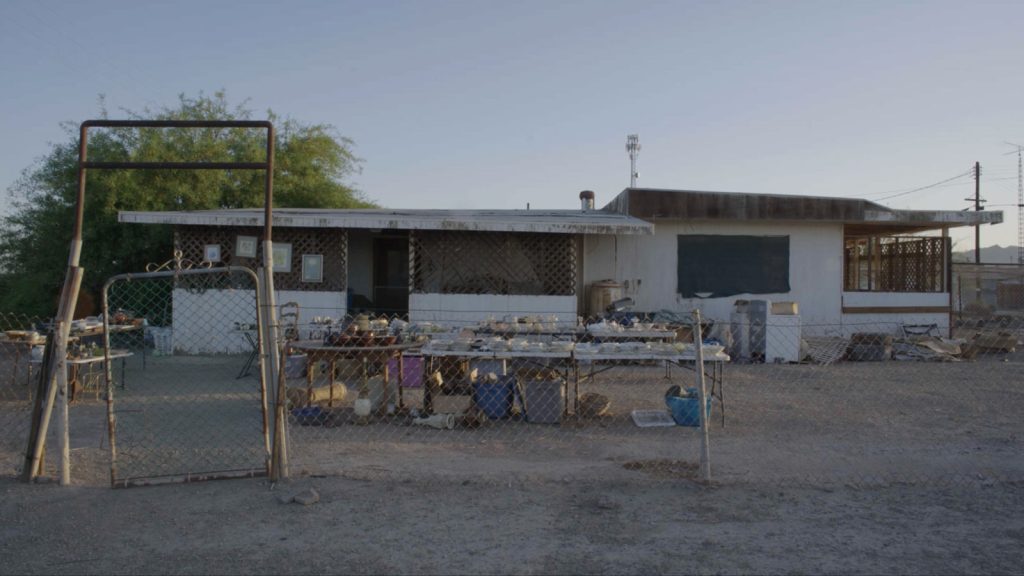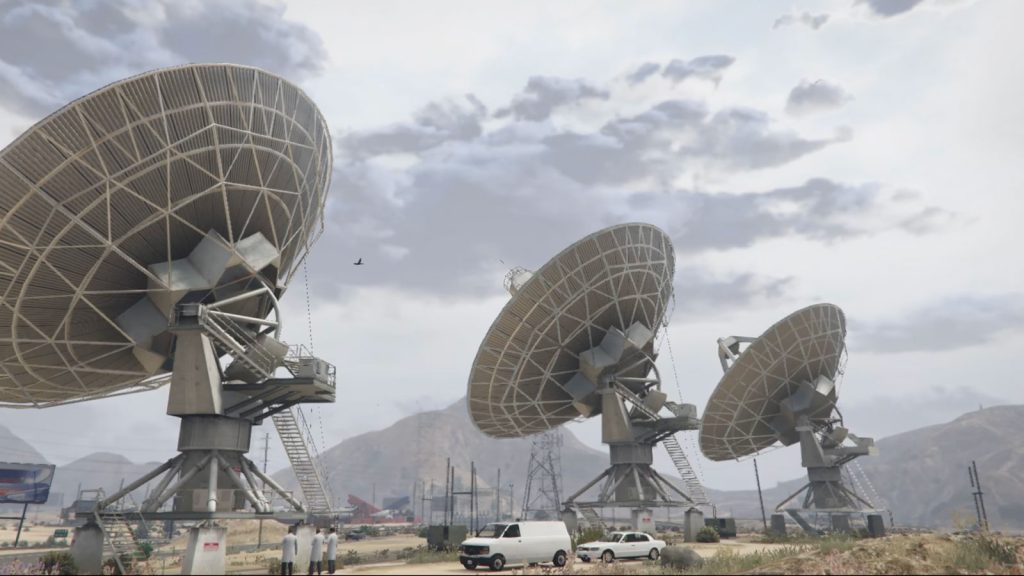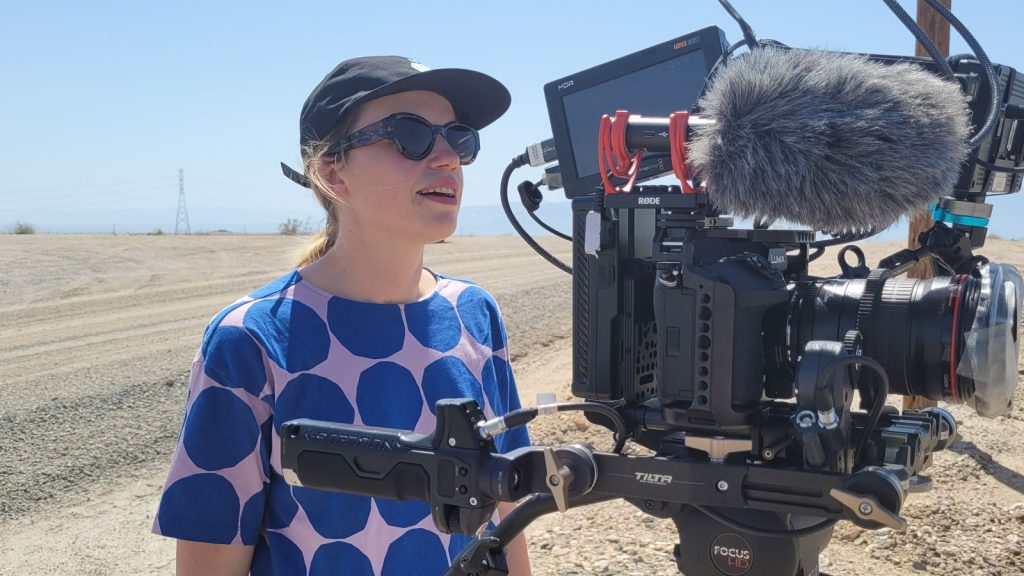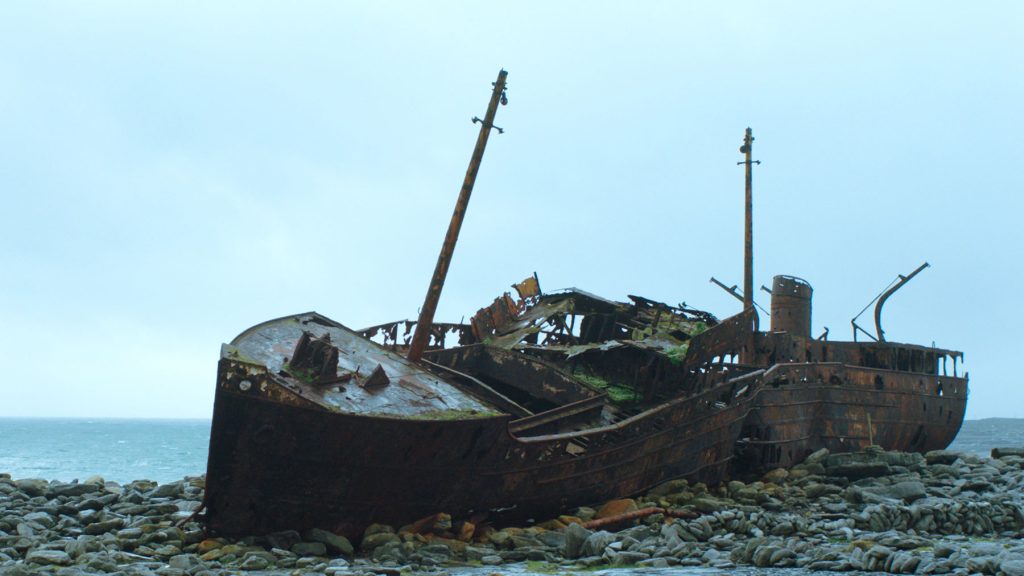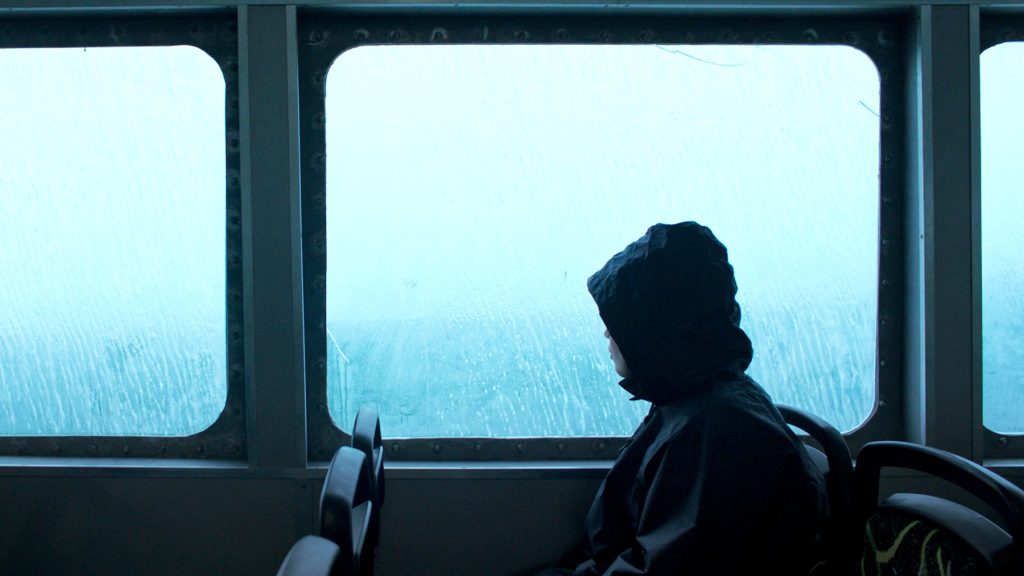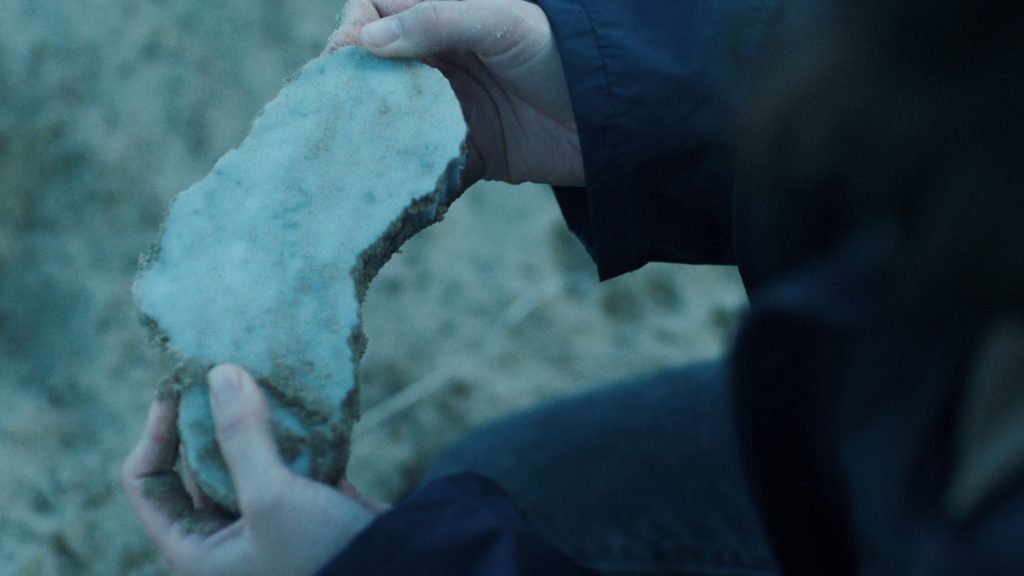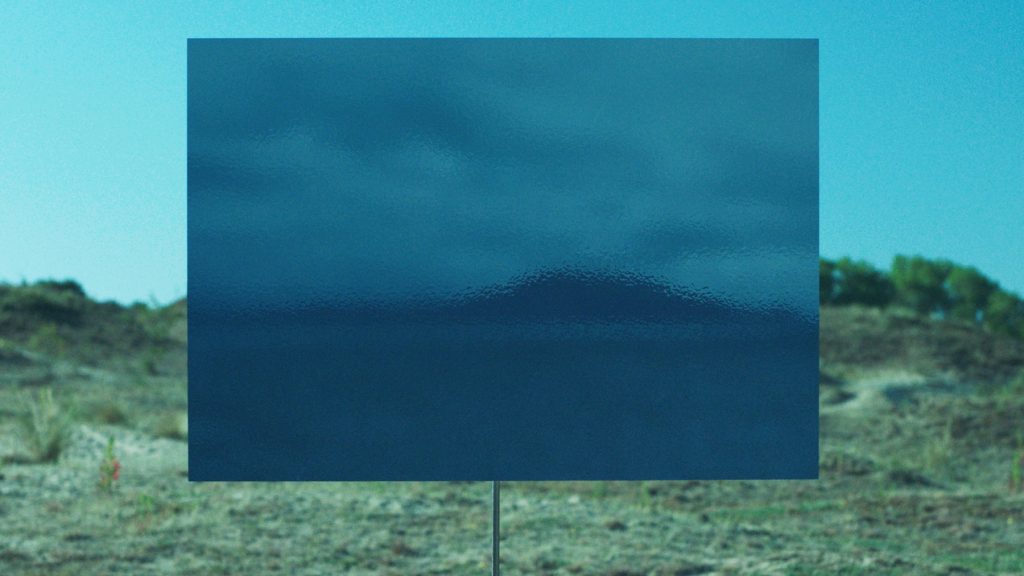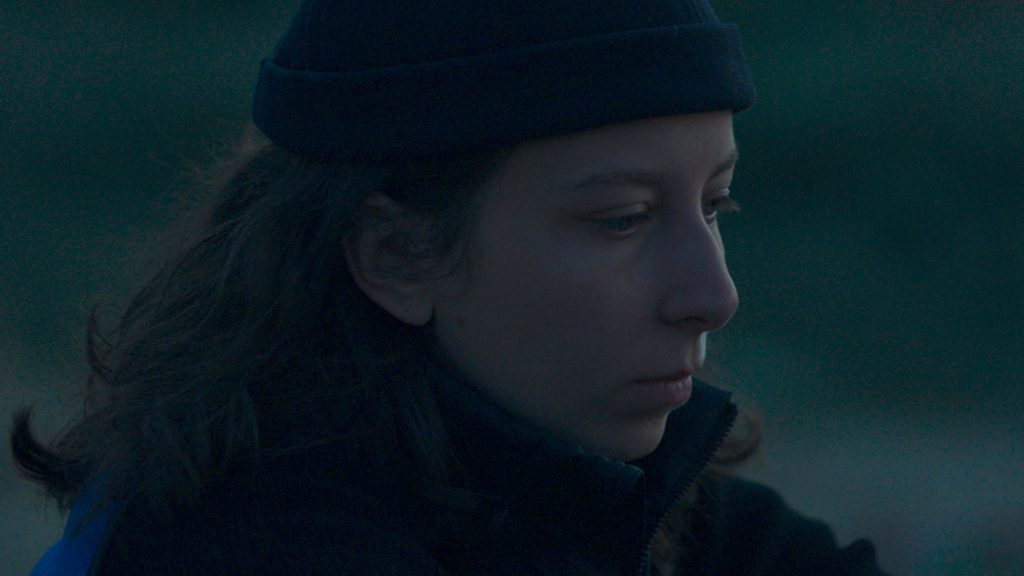Drop! Cover! Hold on!
de Stéphanie Roland
Synopsis
The Big One.
Le tremblement ultime.
Un état d’urgence silencieux et sans fin.
Des lignes de faille qui nous échappent.
Ils construisent leurs vies, leurs fictions,
leurs rêves et leurs prophéties sur elle.
Ils l’observent, la craignent et l’oublient.
Ils s’endorment chaque soir sur elle.
Quand les réveillera-t-elle?
A propos du film
San Andreas est une faille géologique, située en Californie, à la jonction des plaques tectoniques du Pacifique et de l’Amérique du Nord. Cette grande faille, sur laquelle les villes de San Francisco et Los Angeles ont été construites, provoque déjà des séismes réguliers, mais les sismologues prédisent The big one, un tremblement de terre qui pourrait dévaster durablement la région et qui aura probablement lieu avant 2035.
Drop! Cover! Hold on! est un récit stratifié qui explore la faille de San Andreas, un phénomène géologique très proche des studios de cinéma de Hollywood. Ses narrations superposées font écho aux couches géologiques de ces paysages mythiques. Le film devient une mosaïque de différentes histoires qui forment ensemble un portrait élargi de la notion de tremblement, entre réalité et fiction, monde réel et virtuel, géographie et affects. Soudain, la fiction se fissure et d’invisibles phénomènes terrestres se dévoilent, mais également des failles existentielles humaines, dans l’horizon d’attente d’un tremblement.
Résumé du sujet
Située en Californie, à la jonction des plaques tectoniques du Pacifique et de l’Amérique du Nord, San Andreas est une faille géologique. Bien que cette grande faille, sur laquelle San Francisco et Los Angeles ont été construites, provoque déjà des tremblements de terre réguliers, les sismologues prédisent maintenant « The Big One », un tremblement de terre dévastateur qui pourrait détruire définitivement la région, et qui se produira probablement avant 2035.
Je suis troublée par le fait qu’une région aussi densément peuplée et aussi puissante économiquement et politiquement se situe sur une ligne de faille qui pourrait la dévaster en quelques minutes. Je m’intéresse particulièrement aux catastrophes naturelles et à la manière dont nos souvenirs de ces incidents sont modélisés, mais je suis également fascinée par la capacité de l’esprit humain à anticiper les catastrophes, parfois au point de les fantasmer. Pourquoi les gens restent-ils dans des endroits où les catastrophes sont si probables ? Les documents de ce film sont tissés ensemble pour aborder les thèmes de la destruction, de la protection, de l’expérience et de la résilience dans des régions marquées par des cycles séculaires de vulnérabilité humaine aux catastrophes naturelles.
San Andreas est également un état fictif dans le jeu vidéo Grand Theft Auto (GTA). Ses caractéristiques topographiques et urbaines sont librement inspirées de plusieurs régions des États-Unis, dont la Californie et le Nevada, ainsi que l’Arizona et le Dakota. Au fur et à mesure que l’on progresse dans le jeu vidéo, on rencontre des traces de tremblements de terre et des lignes de faille. Sandy Shores, l’une des villes fictives du jeu, est une réplique quasi identique de Bombay Beach. Cette agglomération de caravanes et d’abris de fortune borde la mer de Salton, théâtre d’un désastre écologique où les pesticides ont contaminé l’air et rendu la baignade toxique. En contrebas de ce village, la faille de San Andreas commence… ainsi que le reste de notre voyage.
Les histoires, les réalités, les rumeurs, les peurs et la paranoïa qui entourent ce phénomène font écho à l’industrie cinématographique hollywoodienne. Il est inévitable qu’Hollywood soit sévèrement et profondément touché si le Big One se produit, étant donné la proximité de ses studios avec San Andreas. Métaphoriquement, on pourrait considérer qu’il s’agit d’une faille dans le système cinématographique des studios hollywoodiens. Ce dernier a connu des changements majeurs depuis son apogée, et l’industrie est actuellement en pleine mutation, notamment depuis l’émergence des plateformes de streaming comme moyen de diffusion.
Los Angeles est le terrain de jeu idéal pour ce projet qui oscille entre réalité et fiction. Dans son film Los Angeles Plays Itself, Thom Andersen dresse un portrait de Los Angeles à partir des nombreuses séquences de films qui y ont été tournées. L’industrie cinématographique a laissé une empreinte durable sur le paysage urbain de la ville, la transformant en une sorte de ville-studio de cinéma à l’échelle 1:1, où les rues et les plateaux de tournage se chevauchent régulièrement, et où les réseaux sociaux, les nouvelles et l’industrie du divertissement s’entrecroisent continuellement de manière transparente. Le sociologue et théoricien radical de l’urbanisme Mike Davis le décrit comme un laboratoire urbain du futur pour analyser la mondialisation et son impact sur nos villes.
Les différentes définitions du terme « faille » ont attiré mon attention :
1. Fissure à la surface de la terre où la roche s’est divisée en deux parties qui se déplacent l’une contre l’autre ;
2. La responsabilité de quelque chose de mal qui s’est produit ou qui a été fait ;
3. Quelque chose qui ne va pas dans une machine ou un système et qui l’empêche de fonctionner correctement ;
4. Une caractéristique peu attrayante ou insatisfaisante, en particulier dans un travail ou dans le caractère d’une personne.
Il existe des définitions similaires pour le mot français. Au-delà de la définition géologique, le mot évoque des notions de culpabilité, d’échec, de dysfonctionnement et de défaut physique. Je pense que les glissements sémantiques autour de ce terme polysémique sont intéressants et seront tissés tout au long du film qui se déroule dans l’environnement californien, où le lien avec le corps, la réussite et la performance est si fort.
Approche artistique
Comment créer de nouveaux récits à l’ère de la post-vérité ? Dans ce projet, différents types d’images se croisent pour refléter une réalité complexe et fragmentée, un portrait en mosaïque d’une ligne de faille inaccessible à l’œil. En utilisant l’imagerie scientifique, l’imagerie générée par ordinateur inspirée des jeux vidéo, des images internet, des images d’archives, et en filmant avec une petite équipe documentaire le long de la faille, à la manière d’un road trip expérimental.
L’imagerie scientifique : un véhicule pour l’invisible
Récemment, la communauté scientifique a fait des progrès considérables dans la visualisation des tremblements de terre et de la croûte terrestre. J’ai rencontré de nombreux experts travaillant dans ce domaine. J’aimerais adopter les procédés qu’ils utilisent pour expérimenter la création de nouvelles images en mouvement (micro-caméras pénétrant dans les roches, télédétection à haute résolution par radar, etc.) Ces techniques permettraient une plus grande proximité et une connexion avec les éléments minéraux, afin de leur donner une voix plus forte.
Infographie inspirée des jeux vidéo (GTA)
Je veux me faufiler dans l’envers du décor du jeu vidéo GTA, lorsque la scène est vide de toute action, avec des figurants de GTA qui déambulent lentement, sans réelles intentions, dans ce mode méta, perdu dans la virtualité. L’effet serait le plus réaliste possible, donnant une impression de déjà-vu, à l’image des scènes filmées avec l’équipe en mode documentaire. Certains personnages ou détails du tournage documentaire seront modélisés pour être utilisés dans le tournage 3D, produisant un jeu subtil entre réalité et virtualité.
Optique géologique
Dans le cadre de ma pratique artistique, j’ai commencé à développer mes propres caméras et objectifs expérimentaux pour filmer et créer des archives/documents fictifs. Par exemple, pour mon film précédent, Le cercle vide, j’ai créé une caméra spéciale pour filmer dans l’eau, combinant un sonar et un instrument astronomique. Pour ce nouveau projet, j’aimerais développer des filtres de caméra fabriqués à partir de substances géologiques extraites de la faille, ou expérimenter des optiques géologiques pour filmer la faille. Une description visuelle de la démarche artistique est fournie dans la section « télécharger du matériel supplémentaire ».
Podesta Island – Stéphanie Roland
A propos de Stéphanie Roland
Stéphanie Roland est une artiste visuelle et cinéaste basée à Bruxelles. Entre documentaire et imaginaire, ses films et installations explorent les structures invisibles du monde occidental, les grandes échelles de temps et les hyperobjets. Elle puise son inspiration dans un large éventail de sujets, de l’environnementalisme et de la politique à la géologie et au cosmos.
Diplômée de La Cambre à Bruxelles et ayant étudié avec Hito Steyerl à l’UDK de Berlin, elle a suivi un cours en France au Fresnoy – Studio national des arts contemporains. Ses projets font régulièrement l’objet d’expositions dans des institutions de renommée internationale, telles que la Biennale de Venise, le Centre Pompidou, le Louvre, le musée Benaki, le Botanique, la Biennale internationale d’art de Kampala, le Wiels et l’ISELP. Breda Photo, Belfast Photo Festival, Manifesto, Encontros da Imagem, BIP Liège, MOPLA et Unseen sont quelques-uns des festivals de photographie auxquels elle a participé.
Ses films ont été présentés dans des festivals internationaux tels que Visions du Réel, FID Marseille, Festival dei Popoli, ZINEBI Bilbao, FEST New Directors / New Films, Rencontres Internationales Paris / Berlin, Curtas Cinema et PÖFF Shorts Tallin black nights, pour n’en citer que quelques-uns.
Son premier film, Podesta Island, a remporté le prix Alice Guy au FID de Marseille, tandis que son second, Le cercle vide, a remporté le prix TËNK au festival Visions du Réel de Nyon.
The Empty Sphere – Stéphanie Roland

